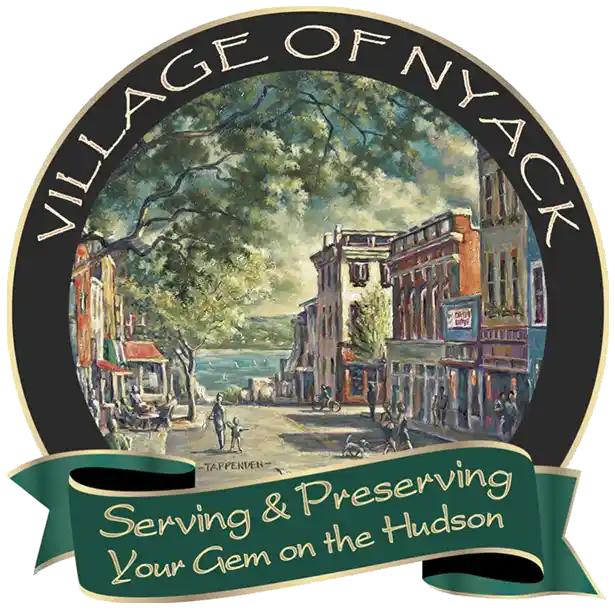PFAS Information
What are PFAS?
PFAS stands for perfluoroalkyl substances, a broad term encompassing a family of man-made chemicals known as perfluorochemicals (PFCs). Among this group, Perfluorooctanoic Acid (PFOA) and Perfluorooctane Sulfonate (PFOS) are the most notable due to their adverse health effects and environmental impact. When discussing PFAS, these two chemicals are often the focus.
What are PFOA and PFOS Used For, and Where Can They Be Found?
PFOA and PFOS have been utilized since the early 1940s in various commercial products and industrial applications. PFAS chemicals have been detected in the air, soil, water, food, and numerous household items.
Where Are They Found?
1. Drinking Water: Present in both public water systems and private wells.
2. Food: Found in fish from contaminated waters and dairy products from affected livestock.
3. Soil and Waterways: Common near waste sites, including landfills, hazardous waste sites, and Superfund sites.
4. Fire-Extinguishing Foam: Found in aqueous film-forming foams (AFFFs) used to combat flammable liquid fires, especially in firefighting training and emergency responses at airports, military bases, chemical plants, refineries, and shipyards.
5. Manufacturing: Utilized in chrome plating, electronics (semiconductors), paper mills, and textiles.
6. Food Packaging Products: Present in fast-food containers, microwave popcorn bags, pizza boxes, and candy wrappers.
7. Household Products: Found in stain removers, water-repellent fabrics, cleaning products, non-stick cookware, paints, and sealants.
8. Personal Care Products: Included in certain shampoos, dental floss, and cosmetics.
9. Biosolids: Fertilizer from wastewater treatment facilities used on agricultural lands; runoff from storms can affect groundwater and surface water sources.
What Are They Used For?
PFAS have various applications, including:
- Fire extinguishing foam
- Fast food packaging
- Personal care products
- Paints
- Photographic processes
- Stain-resistant products
- Mist suppressants in metal plating
- Aviation hydraulic fluids
- Floor polishes
- Non-stick cookware
- Surfactants in mining and oil wells
- Pesticides and herbicides
Why Are PFAS Referred to as “Forever Chemicals”?
PFAS are known as “forever chemicals” because they resist breaking down in the environment. Their chemical structure, which makes them ideal for industrial and commercial use, also contributes to their stability and persistence. These chemicals can spread quickly throughout the environment, complicating contamination containment efforts. As a result, PFAS present a widespread and ongoing environmental challenge.

